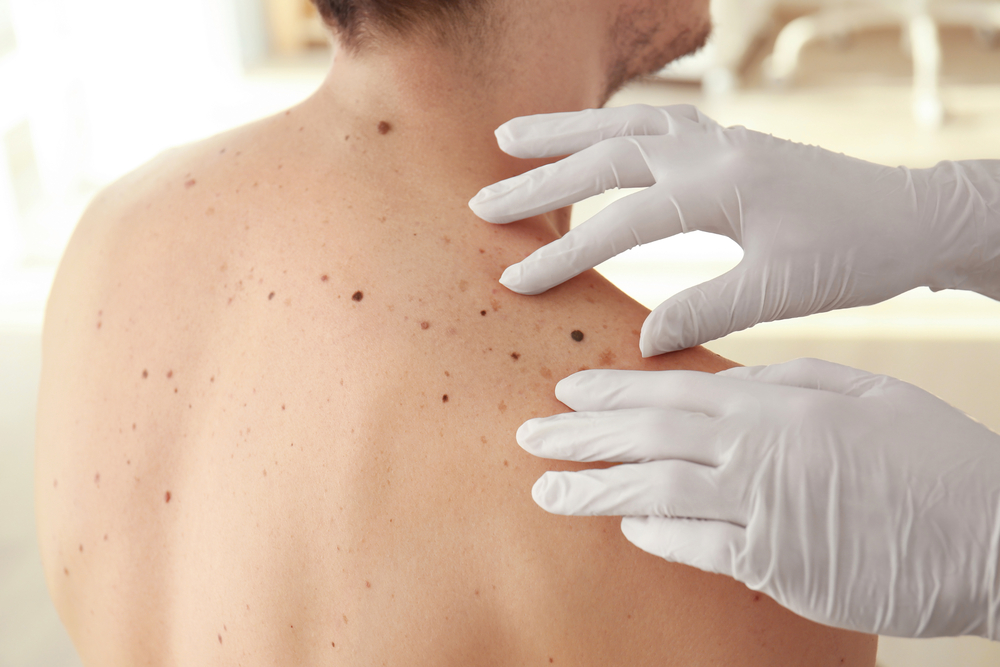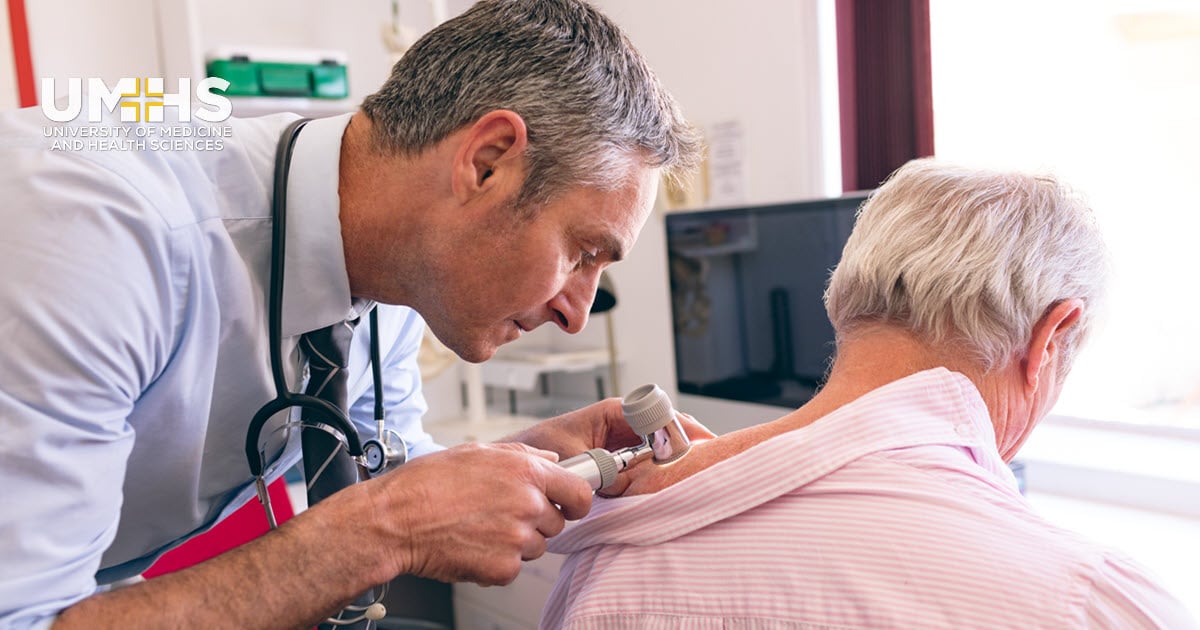Search for an expert dermatologist for skin care treatment tailored to your needs.
Search for an expert dermatologist for skin care treatment tailored to your needs.
Blog Article
Browsing Skin Cancer Treatment: The Crucial Role of Mohs in Modern Dermatology Practices
Skin cancer cells, a difficult medical diagnosis, usually leaves individuals facing various treatment options. Among these, Mohs surgical procedure stands as a sign in modern-day dermatology, renowned for its precise approach to cancer cells elimination and preservation of surrounding healthy tissue. This cutting-edge technique promises not only superior cosmetic outcomes yet likewise provides immediate results, easing client anxiety. As we discover the details of this procedure, one will certainly value its essential role in skin cancer treatment.
Comprehending Skin Cancer Cells: Types and Risks
There are three primary types of skin cancer: Basal cell carcinoma, Squamous cell carcinoma, and Melanoma. It accounts for just concerning 1% of skin cancer cells cases however causes the large bulk of skin cancer cells fatalities. Threat variables include reasonable skin, history of sunburn, excessive sun exposure, living at high altitudes or close to the equator, having many moles, a family history of skin cancer cells, and deteriorated immune system.
What Is Mohs Surgery and Just How It's Reinventing Skin Cancer Therapy
In spite of the various treatments presently readily available for skin cancer, Mohs surgical treatment attracts attention as a groundbreaking and extremely effective remedy. Called after Frederic E. Mohs, the physician that established the procedure, Mohs surgery is an exact surgical method utilized to deal with skin cancer cells. Throughout the procedure, slim layers of cancer-containing skin are progressively eliminated and checked out till just cancer-free cells continues to be. This method enables the specialist to confirm that all cancer cells have been gotten rid of at the time of surgical procedure. This level of accuracy, integrated with the ability to spare as much healthy tissue as feasible, is reinventing skin cancer cells treatment. Consequently, Mohs surgery has actually become a cornerstone of contemporary dermatology techniques.
The Advantages of Mohs Surgical Treatment Over Conventional Skin Cancer Cells Treatments
Structure on the cutting-edge nature of Mohs surgical treatment, it's important to consider its numerous benefits over traditional skin cancer treatments. Unlike guidelines, you can try these out Mohs offers a greater treatment price, usually reaching 99% for new treatments and 94% for recurring cancers. This precision is because of its unique technique of progressively removing and taking a look at cells layers until just cancer-free cells remain (hair loss). Additionally, it minimizes damage to healthy skin, resulting in less scarring and improved cosmetic results. Mohs likewise offers immediate results, eliminating the anxiety-ridden delay usual with other techniques. Finally, it's affordable, as the surgical procedure and microscopic assessment take place concurrently, removing the need for added research laboratory services. Therefore, Mohs stands for a significant advancement in dermatological methods.
The Procedure of Mohs Surgical Treatment: What to Anticipate Throughout the Refine

Prospective Adverse Effects and Post-Operative Treatment of Mohs Surgical Procedure
Going through Mohs surgical treatment, like any type of other procedure, includes potential negative effects that patients must understand. Common negative effects consist of pain, wounding, and swelling at the surgical treatment site. These are usually short-term and workable with non-prescription discomfort medicine and ice packs. In uncommon cases, patients might experience infection, bleeding, or an allergic response to the anesthetic. Post-operative care is critical to recovery and decreasing adverse effects. This commonly entails keeping the wound tidy and dry, taking prescribed drugs, and avoiding laborious tasks. People should additionally attend all follow-up appointments for wound care and surveillance. In many cases, extra treatments may be required to make certain complete elimination of the cancerous cells. Sticking to these post-operative treatment guidelines can considerably enhance healing and outcomes.
Verdict

Report this page